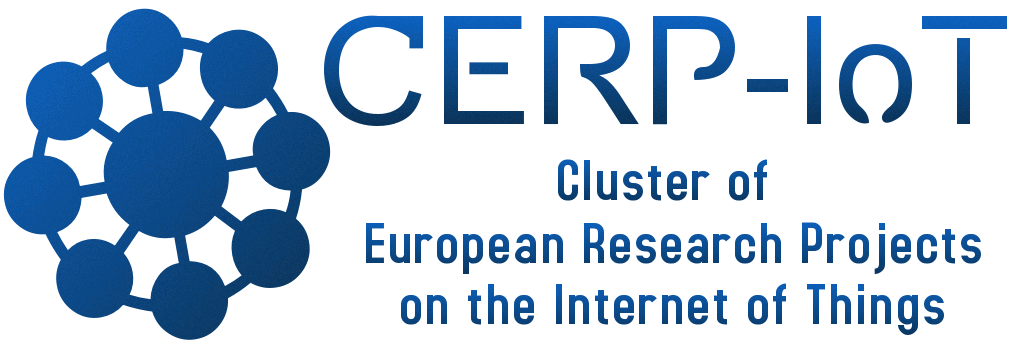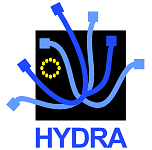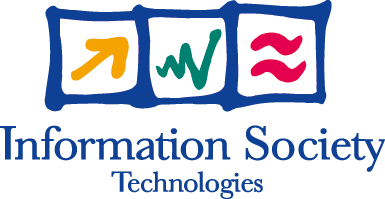Hydra workshop on sustainable business models
 A general trend in Europe is the emphasis on providing for chronically ill in their own home in response to patients’ and their families’ wishes. Such developments depend to a great extent on well functioning services but even more on the acceptance of a sustainable economic framework for all stakeholders.
A general trend in Europe is the emphasis on providing for chronically ill in their own home in response to patients’ and their families’ wishes. Such developments depend to a great extent on well functioning services but even more on the acceptance of a sustainable economic framework for all stakeholders.The objective of this workshop is to establish an overview of the economic aspects of eHealth service platforms and to discuss the possible business models that have the potential to be come sustainable in the near future and understand how such models affect the different stakeholders.
The provisioning of eHealth and home-care differs between the EU Member States: “Hospitalisation at home” has been introduced in France,; in the UK rehabilitation care is increasingly being carried out at community level or at home rather than at hospitals; and Kaiser Permanente in the US, one of the earliest adaptors of telemedicine, has developed the concept of “Home as the Hub”. Just to name a few of the many healthcare organisations working with remote monitoring and telemedicine, who have realised sustainable business cases for achieving acceptable cost-benefit ratios with these new services.
The development and implementation of ICT in healthcare requires willingness to invest large sums without expecting to see the economic benefits immediately. The eHealth Impact project has demonstrated that there is at least a 4 years payback period of ICT investments in eHealth. After this period, there will be a 2:1 ratio between costs and benefits, thus illustrating the overall benefits of investing in ICT in healthcare.
In the trail of the extensive ICT developments within the healthcare systems in Europe in recent years, there is a fertile environment for the introduction of yet more comprehensive services for improving healthcare and make healthcare providers more effective. But the valorisation of new ICT service in healthcare is becoming more and more focused on real value creation. Every new product has to provide a viable cost-benefit to the healthcare provider or it has to provide real, measurable advances in medical practice in a prioritised area.
The situation is even more obscure as seen from the supply chain of manufacturers, service providers and operators, pharmaceutical companies, suppliers of healthcare products, etc. The ubiquitous nature of an eHealth infrastructure and the dynamisms of services orchestration are the core features of the future Internet of Things and Services. Understanding the business framework in this ecosystem is an essential prerequisite for the successful deployment and exploitation of new eHealth services and applications.
The Hydra project aims to develop a suitable framework for analysis of value creation and business modelling, which will allow accurate and viable metrics for cost-effectiveness, organisational adaptation and sustainable business and cost-benefit models for the stakeholders. Clinical and medical scenarios will be used to capture parts of the service concept idea and to contribute to a common understanding between stakeholders.





 The Hydra project is co-funded by the
The Hydra project is co-funded by the 


